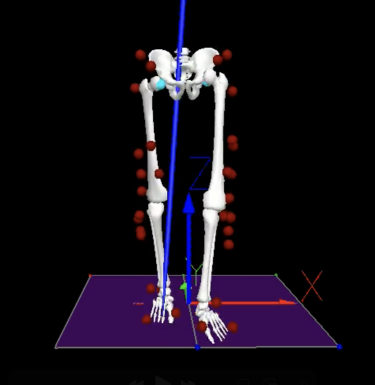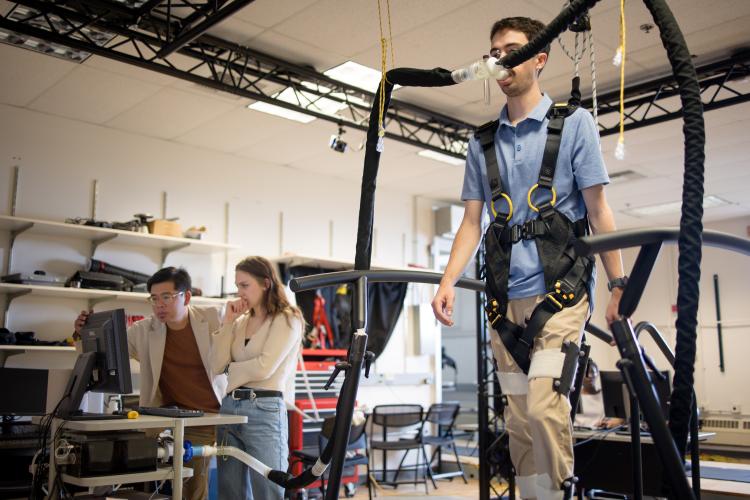Motor Control
Project Overview
This study evaluates motor control and learning by assessing voluntary ankle contractions and adaptive gait responses in participants. These assessments provide insight into motor function, neuromuscular adaptations, and motor learning mechanisms, particularly in response to neuroplasticity-priming interventions.

Assessing Maximal Voluntary Contraction
Maximal voluntary contraction (MVC) reflects the peak force a muscle can generate during a maximal effort contraction. The goal of this study is to determine whether plasticity-priming agents enhance MVC, indicating improved motor output and neuromuscular activation. Understanding these changes is critical for developing interventions that restore strength and functional mobility in individuals with motor impairments.
Assessing Force Steadiness
Force steadiness refers to the ability to maintain a constant force output while minimizing fluctuations. In this study, we assess force steadiness by instructing participants to sustain a target force at various submaximal levels. Force steadiness is essential for precise motor control. Examining whether neuroplasticity-priming interventions improve force steadiness provides insights into motor coordination and neuromuscular stability.
Assessing Motor Learning During Split-Belt Walking

During the split-belt walking task, participants walk on a treadmill with two belts moving at different speeds, inducing a gait asymmetry that requires adaptive motor responses. Over time, participants learn to adjust their gait patterns to reduce asymmetry, demonstrating motor adaptation. Motor adaptation is important for functional community walking, enabling the ability to aquire, adapt, and retain new motor skills.
Significance
This project will identify changes in motor control strategies in response to plasticity-priming interventions. By evaluating changes in MVC, force steadiness, and split-belt walking adaptation, our findings will contribute to the development of targeted strategies aimed at enhancing strength and functional recovery after neurological injury.

